MILAGRO News

Hundreds of scientists from many countries are participating in the MILAGRO research campaign during the month
of March 2006 in Mexico. We've been lucky to enlist the help of numerous researchers and teachers participating
in the campaign, who will be sending news about research progress in the form of "Postcards from the Field",
linked below. The five most recent postcards are given first, followed by links to lists of postcards sorted by submitter
name or submission date. To find out more about the person submitting the postcard, click on their name
to reach a brief biography that explains who they are and what they're doing on the campaign.
Recent Postcards
 |
Peroxides Measured at the T1 Site from Judy Lloyd, March 29, 2006
|
 |
What does Tecamac mean? from Oscar Peralta, March 24, 2006
|
 |
Fire nearby T1 from Oscar Peralta, March 23, 2006
|
 |
Pollutants on the Ground from David Greenberg, March 22, 2006
|
 |
Map of Mexico City from Dara Salcedo, March 20, 2006
|
Postcards by Name
Postcards by Date
You might also be interested in:
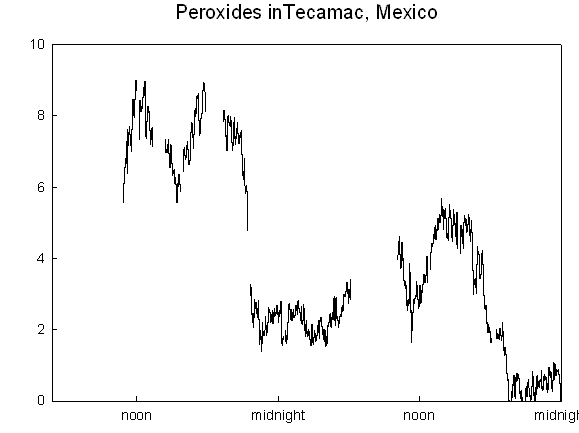
Hello again: We are nearing the end of our field campaign in Mexico. It has been a real adventure, with friendly people, great food, and interesting science. I obtained some good hydrogen peroxide measurements
...more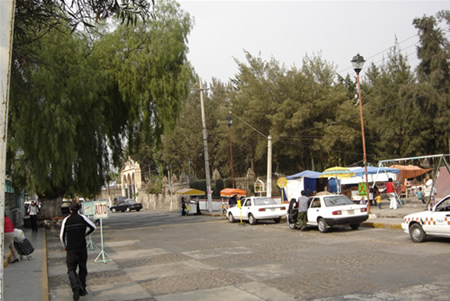
Measuring site T1 is in Tecámac. This is a little town close to Mexico City. The name Tecámac is a Náhuatl word, an ancient Mexico's language, spoken by Aztecs. In Náhuatl, Tetl or Tec means stone, camatl
...more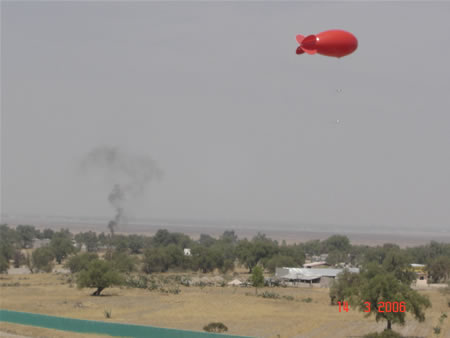
Sometimes, during a field campaign, things happen that could alter the field gas and particles measurings. For instance, this image belongs to fire started by people who lived nearby. The fire produces
...more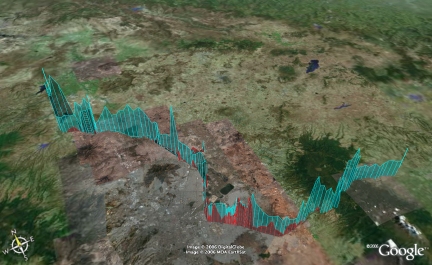
The CMET balloon group launched two balloons on March 18 which had very successful flights. The balloons were purposely brought down as they approached US airspace over the Gulf of Mexico. By doing 'soundings'
...more
When scientists go out to explore the Earth they often wind up in pretty interesting places and doing pretty interesting things. And they are learning more about how our planet works through the fieldwork.
...more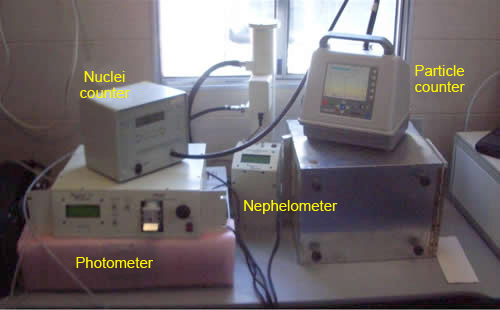
Not all particles are the same, many of them have different shape, size, and composition. Some of them reflect or scatter light, and others absorb it. Two instruments on the image, photometer and nephelometer,
...more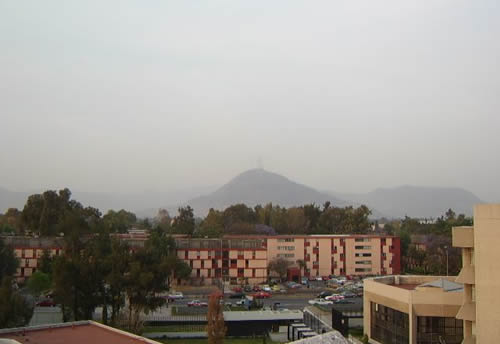
Here is an example of how polluted the City is. This is a picture of "Cerro del Chiquihuite", which is situated around 5km (3miles) north from us. Chiquihuite is very close, indeed. However, we can barely
...more




















